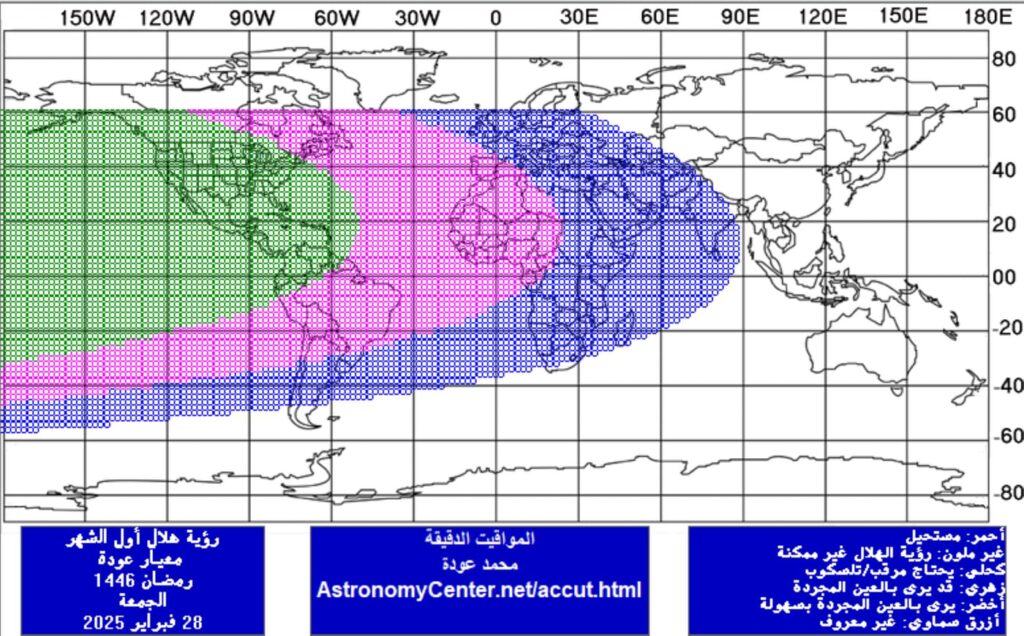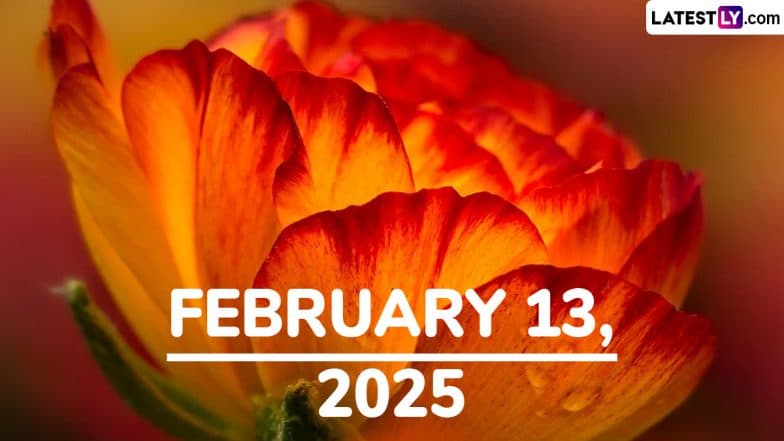The International Astronomical Centre (IAC) announced on Thursday, February 13, that the holy month of Ramzan 1446 AH-2025 is likely to begin on Saturday, March 1, in most Islamic countries.
According to Mohammed Shawkat Odeh, Director of the IAC, Islamic countries will attempt to sight the Ramzan crescent moon on Friday, February 28.
“The crescent moon will be visible through a telescope in western Asia, most of Africa, and southern Europe. It can also be seen with the naked eye in large parts of the Americas. There is a possibility of sighting the crescent moon from the Islamic world on Friday,” he shared on X.
Odeh further explained, “Since the conjunction occurs before sunset and the moon sets after sunset in all regions of the Islamic world, it is customary in such cases for most Islamic countries to declare the beginning of the month on the following day. Accordingly, it is expected that most Islamic countries will announce the start of Ramzan on Saturday, March 1.”
The attached map shows the possibility of seeing the crescent moon of Ramzan on Friday, February 28, from all regions of the world, as seeing the crescent moon is not possible with a telescope or with the naked eye from areas that are not colored, and seeing the crescent moon is only possible using a telescope from areas located in the blue color.
The crescent moon can be seen with a telescope from the areas in the pink color. The crescent moon can be seen with the naked eye if the atmosphere is completely clear and the observer is experienced. The crescent moon can also be seen with the naked eye from the areas in the green color.
A map shared by the IAC shows the expected visibility of the crescent moon on February 28. Areas where the moon will not be visible—whether by telescope or the naked eye—are left uncolored.


The blue zones indicate where it can be seen with a telescope, while pink regions suggest possible visibility to experienced observers under clear conditions. The green areas represent locations where the moon will be clearly visible without any optical aid.
The final decision, however, will depend on official moon sightings by local authorities.









